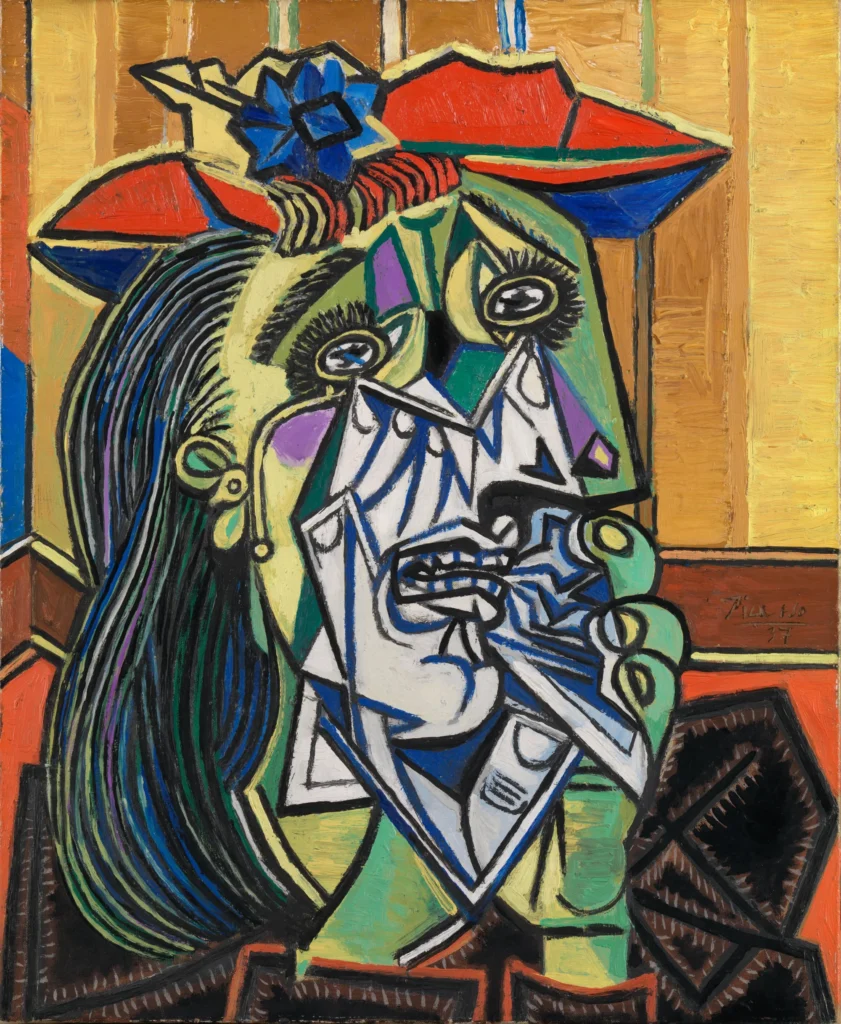
I love curiosity
I am a digital artist and AI art blogger.
Curiosity killed the cat but for a while I was a suspect.
Steven Wright
Schools have a lot to answer for…
Ollie Pake shuffled down the beige corridor, dodging chattering classmates. A sudden flash of colour stopped him – a vibrant, distorted portrait hung on the wall.
This woman, with eyes in different places, seemed to explode off the canvas. A nameplate read “Picasso.”
Intrigued, Ollie spent the next few days lingering by the painting, the warped shapes sparking a curiosity he hadn’t felt before.
Art class, once a chore, became a chance to experiment. He filled his notebook with swirling lines and fractured forms, his own take on the world, inspired by the master who dared to see things differently.
